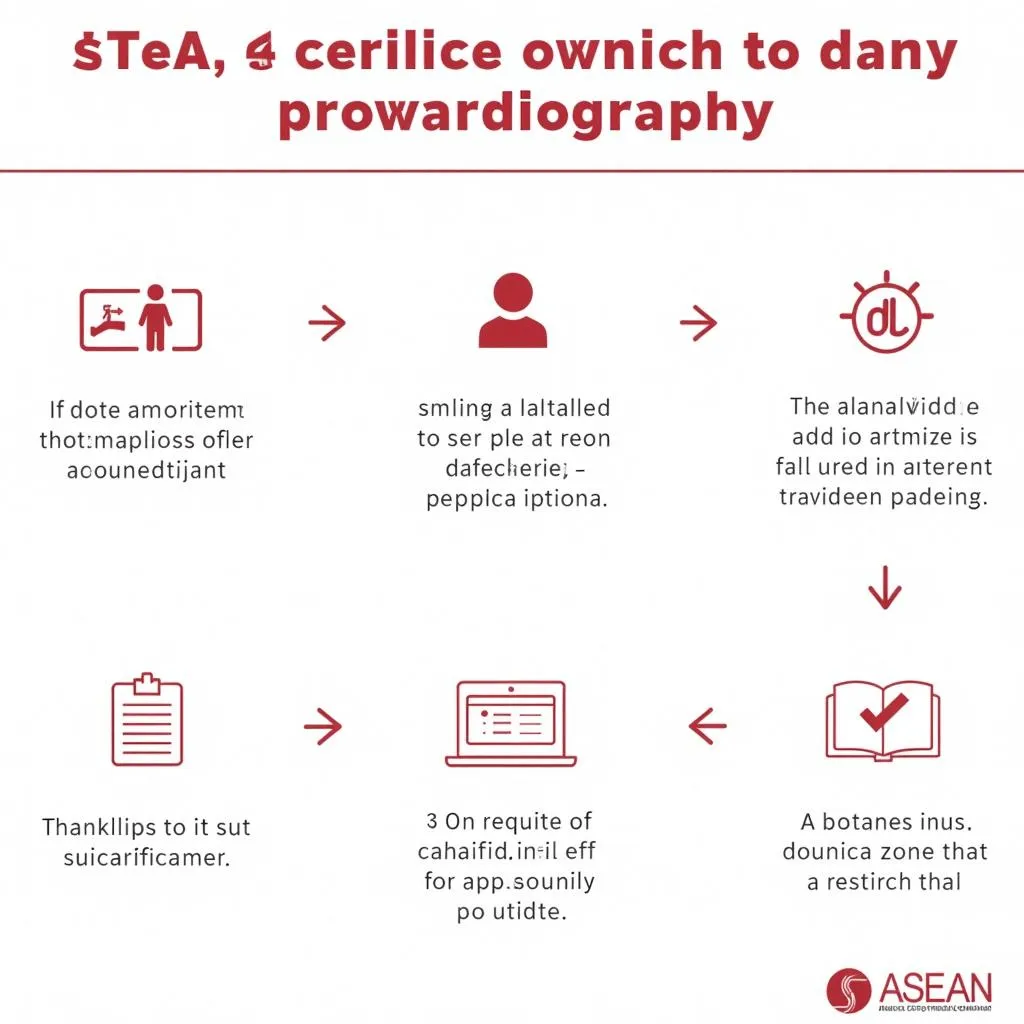Understanding the ASEAN annual salary level is crucial for both businesses operating within the region and individuals seeking employment opportunities. This involves not only considering the average salary but also understanding the various factors that influence it, such as industry, experience, and location. This comprehensive guide will delve into the intricacies of ASEAN salary levels, providing valuable insights for professionals and employers alike.
The diverse economies and rapidly developing markets within ASEAN present unique compensation landscapes. Factors such as cost of living, economic growth, and skill demand contribute to salary variations across the region. Let’s explore these dynamics to gain a clearer picture of the ASEAN annual salary level.
Factors Influencing ASEAN Annual Salary Level
Several key factors play a significant role in shaping the annual salary level within ASEAN. Understanding these elements is essential for accurate benchmarking and informed decision-making.
- Industry: Certain industries, such as technology and finance, tend to offer higher salaries due to high demand for specialized skills. Other sectors, like manufacturing or tourism, may have different salary ranges.
- Experience: As expected, experience significantly impacts earning potential. Entry-level positions typically have lower salaries compared to senior management roles.
- Location: Cost of living and economic development vary significantly across ASEAN countries. Major cities like Singapore and Kuala Lumpur tend to command higher salaries compared to smaller cities or rural areas.
- Education and Skills: Higher levels of education and in-demand skills often translate into higher earning potential. Professional certifications and specialized training can also boost salary expectations.
Navigating the diverse landscape of ASEAN salaries requires a nuanced understanding of these interconnected factors. Let’s delve deeper into the specific salary trends within the region.
Understanding Salary Variations Across ASEAN Countries
ASEAN comprises a diverse group of nations, each with its own economic landscape. This diversity contributes to significant salary variations across the region. For example, Singapore, a highly developed nation, generally boasts higher salaries than countries like Cambodia or Laos. However, the lower cost of living in these developing nations can offset the difference to some extent. Navigating these nuances is crucial for understanding the ASEAN annual salary level.
What about specific roles and certifications? For specialized professions, such as those requiring ASE certifications, the pay can vary widely. You can find more information on ASE certified pay rate.
What is the average ASEAN annual salary level?
While providing a precise average salary for the entire ASEAN region is challenging due to varying factors, it’s essential to focus on specific countries and industries for more accurate insights. Researching salary benchmarks within specific sectors and locations is crucial for both employers and job seekers. Websites specializing in salary data can offer valuable information tailored to specific countries and roles within ASEAN.
 Average ASEAN Annual Salary by Country
Average ASEAN Annual Salary by Country
ASEAN’s dynamic growth presents opportunities in diverse sectors, influencing salary trends. For instance, the increasing presence of international financial institutions has driven up salaries in the finance sector across several ASEAN nations. Similarly, the growing tech industry is also witnessing a surge in demand for skilled professionals, leading to competitive salary offers. Understanding these trends is vital for interpreting the ASEAN annual salary level.
For those interested in specialized roles within specific companies, you can find resources online. For instance, information about ASE 5 Wells Fargo salary may be available on relevant career platforms.
Future Trends in ASEAN Salary Levels
The ASEAN annual salary level is expected to continue evolving in line with regional economic growth and development. As the region attracts more foreign investment and fosters innovation, the demand for skilled professionals will likely increase, driving up salaries in competitive sectors. Understanding these future trends is crucial for both businesses and individuals planning their long-term career paths within ASEAN.
 Future Trends in ASEAN Annual Salary Levels
Future Trends in ASEAN Annual Salary Levels
The increasing interconnectedness of the ASEAN economies is also expected to play a role in shaping future salary trends. The free flow of labor and increased competition for talent could lead to greater harmonization of salaries across the region. This interconnectedness further underscores the importance of understanding the ASEAN annual salary level in a broader regional context. For information about locations within ASEAN, resources like ASE Korea location can be helpful. For those interested in highly specialized technical roles, you might find information regarding ASE certified master Porsche technician salary useful. Career paths in healthcare are also prominent, and exploring information on the ASE advanced cardiac sonographer could be insightful.
Conclusion
Understanding the ASEAN annual salary level requires a multifaceted approach, considering the interplay of factors such as industry, experience, location, and ongoing economic trends. By staying informed about these dynamics, both employers and job seekers can make informed decisions and navigate the diverse compensation landscape of Southeast Asia effectively.
FAQ
-
What is the highest paying industry in ASEAN? Generally, the technology and finance sectors offer the highest salaries in ASEAN.
-
How does cost of living affect ASEAN salaries? Countries with a higher cost of living, like Singapore, tend to have higher salaries to compensate.
-
What is the role of experience in determining salary levels? Experience significantly impacts salary, with senior roles commanding higher compensation.
-
How are ASEAN salaries projected to change in the future? Salaries are expected to rise in line with economic growth and increasing demand for skilled professionals.
-
Where can I find more specific salary data for ASEAN countries? Websites specializing in salary data can provide detailed information for specific countries and roles.
-
How does education level influence salary potential in ASEAN? Higher education levels often correlate with higher earning potential.
-
Are there significant salary differences between urban and rural areas in ASEAN? Yes, major urban centers generally offer higher salaries than rural areas.
Need support? Contact us 24/7 at Phone: 0369020373, Email: [email protected] or visit us at: Thôn Ngọc Liễn, Hiệp Hòa, Bắc Giang, Việt Nam.
